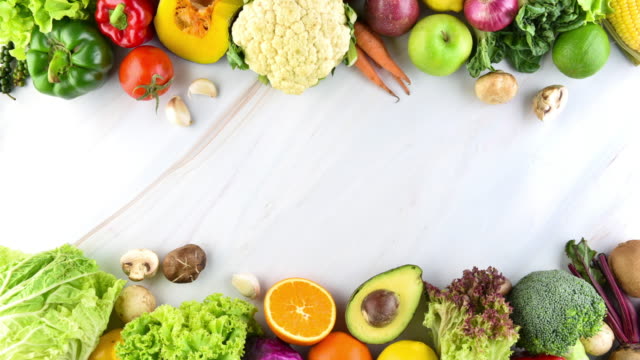Seasonal produce offers a myriad of benefits, from enhanced flavor to heightened nutritional content. Eating fruits and vegetables in season not only supports local farmers but also ensures that you’re consuming nature’s freshest offerings. Let’s explore the captivating world of seasonal produce and discover what fruits and vegetables are in season throughout the year.
Benefits of Eating Seasonal Fruits and Vegetables
Consuming seasonal produce comes with a multitude of advantages. Firstly, seasonal fruits and vegetables are at their peak ripeness and flavor, offering a delightful culinary experience. Moreover, they tend to be more nutritious as they are harvested at the right time, retaining essential vitamins, minerals, and antioxidants.
Spring Seasonal Produce
Fruits
In spring, nature awakens with a burst of vibrant colors and flavors. Fruits like strawberries, cherries, apricots, and rhubarb grace the markets, offering a refreshing sweetness after the winter chill.
Vegetables
Spring heralds the arrival of tender asparagus, crisp peas, artichokes, and a variety of leafy greens such as spinach, kale, and arugula.
Summer Seasonal Produce
Fruits
Summer brings an abundance of juicy delights, including berries, watermelon, peaches, plums, and nectarines. These fruits are not only delicious but also excellent sources of hydration during the warmer months.
Vegetables
Zucchini, tomatoes, cucumbers, bell peppers, and corn thrive during the summer season, adding color and flavor to summer salads, grills, and dishes.
Fall Seasonal Produce
Fruits
As the weather cools, apples, pears, figs, and grapes take center stage. These fruits offer a delightful combination of sweetness and tartness, perfect for pies, crisps, and snacking.
Vegetables
Fall ushers in a harvest of hearty vegetables such as pumpkins, squash, sweet potatoes, Brussels sprouts, and cauliflower, providing warmth and comfort in autumnal recipes.
Winter Seasonal Produce
Fruits
While winter may seem bleak, it boasts its array of seasonal fruits, including citrus fruits like oranges, grapefruits, and tangerines, which bring a burst of sunshine to cold days.
Vegetables
Root vegetables like carrots, parsnips, turnips, and beets thrive in winter’s chill, offering nourishment and versatility in soups, stews, and roasts.
Importance of Seasonal Eating for Health and Environment
Eating seasonally promotes environmental sustainability by reducing the carbon footprint associated with transportation and storage. Additionally, seasonal produce is often more affordable and supports local farmers, fostering a sense of community and connection to the land.
Tips for Incorporating Seasonal Produce into Your Diet
- Visit local farmers’ markets to discover fresh, seasonal offerings.
- Experiment with new recipes that highlight seasonal produce.
- Preserve excess seasonal produce through canning, freezing, or drying for year-round enjoyment.
- Embrace the flavors of each season and savor the diversity of nature’s bounty.
How to Shop for Seasonal Produce
When shopping for seasonal produce, look for signs of freshness, such as vibrant colors, firm textures, and fragrant aromas. Additionally, inquire about the product’s origin to support local farmers and ensure sustainability.
In conclusion, embracing seasonal eating allows us to reconnect with nature’s rhythms while enjoying the freshest, most flavorful fruits and vegetables. By prioritizing seasonal produce, we nourish our bodies, support local agriculture, and promote environmental stewardship.
